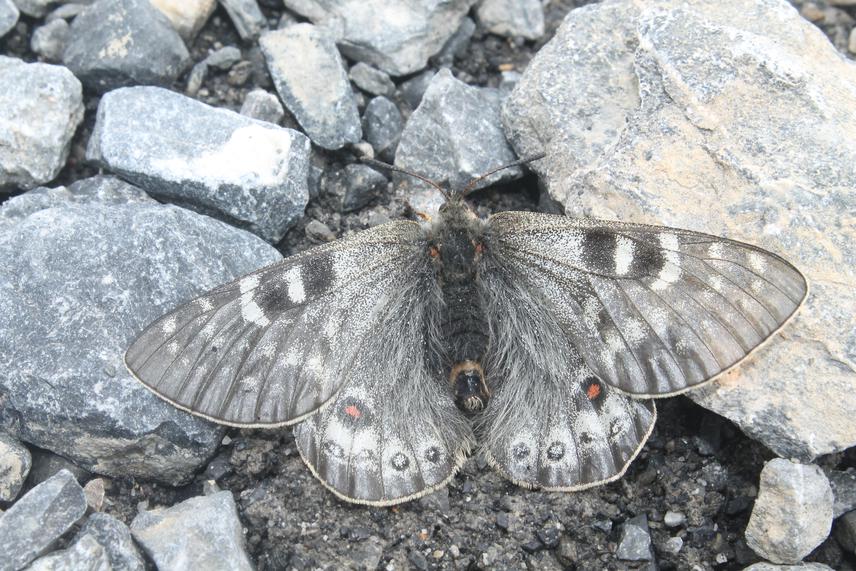Article featuring the project.
Bimal Raj Shrestha
Other projects
2 Jan 2018
Butterfly Communities along the Elevational Gradient and Conservation Initiatives in Trans- Himalayan Region, Nepal
Due to the limited study on butterfly communities, large geographical areas of the Himalayas still are virgins. Butterflies are treated as non-priority faunas for conservation in such a region. As a result, butterfly diversity, elevational distribution patterns, habitats, and current status yet is not completely available. Therefore, this project aims to conduct a scientific study to rediscover or discover the many more butterfly species from the region, update the national checklists, disseminate the spatial distribution, and assessment of current conservation status of butterflies under IUCN criteria. Furthermore, the project also aims to assess conservation threats to apply the potential conservation strategies in collaboration with local government and communities for the sustainable conservation of butterflies in the region.

Parnassius acdestis (Family Papiionidae); recorded altitude 5330 m. © Bimal Raj Shrestha.
The heterogeneity in the landscape, climatic variation, and existence of the wide elevational ranges have made the trans-Himalayan region a remarkable site for globally protected and endemic butterfly species.
However, butterflies from large geographical areas of the region remain to be explored (Shrestha 2019). My recent studies indicate the decline trends of the butterfly population to a fraction of its previous sizes and mostly occur very rarely. However, for a comprehensive overview of the current status of butterflies, more scientific information regarding current abundances, distribution patterns, habitats conditions, etc. should be collected even from the unexplored areas of the region. On the other hand, butterflies of the region are seriously facing threats through anthropogenic activities; yarsagumba collectors in higher elevation, unmanaged overgrazing, various types of development, and lack of conservation knowledge among local communities. Such types of threat gradually fragment, and deteriorate the natural microhabitats of butterflies and leading them toward critically imperiled. Despite this fact, butterfly taxa are very poorly represented in such assessments and treated as non-priority faunas in conservation in the region.
The main aim of this project is to conduct scientific surveys to rediscover or discover the many more butterfly species from the region, update the national checklists, disseminate the spatial distribution, and assessment of current conservation status of butterflies under IUCN criteria. Additionally, the project also aims to assess conservation threats to apply the potential conservation strategies in collaboration with local government and communities for the sustainable conservation of butterflies before reaching a point where the downward trend can no longer reverse.
The study will be conducted in the Nar Phu Valley, northern parts up to Thoranla-Pass (5416 m), and the eastern part of the Gyasumda valley of Manang district. The district is situated within the trans-Himalayan region of the Annapurna Conservation Area. The study sites will be designed with division into three elevational sub-zones; lower elevation (1800-3200 m), medium elevation (3200-4200 m), and higher elevation (4200 -5400 m).
Documentation of the butterflies will be made through line transects followed by Pollard Transects Count (Pollard 1977) and fixed-width point count method (Acharya and Vijayan 2015). Butterflies that are encountered opportunistically during the study periods will also record to increase the species' inventory (Bhardwaj et al. 2012).